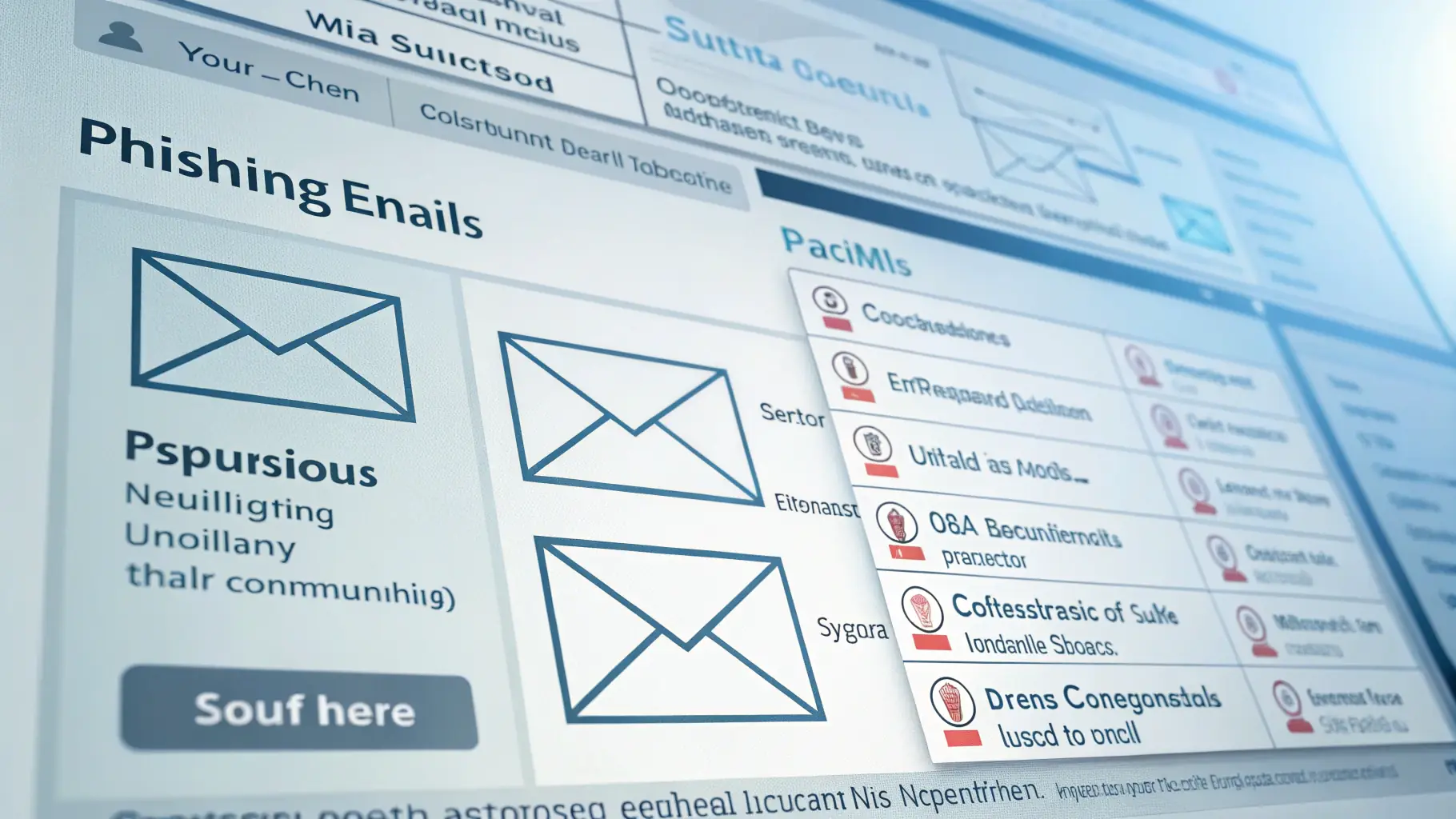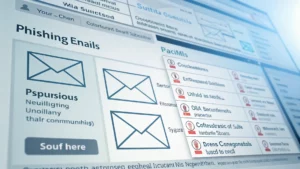In today’s digital world, cybercriminals are becoming increasingly sophisticated, targeting everyone from tech novices to seasoned professionals. While phishing remains a primary threat, the landscape of online scams has evolved dramatically. This comprehensive guide will help you understand, recognize, and defend against the most common cyber threats of 2024.
Understanding the Modern Threat Landscape
Cybercriminals no longer rely solely on poorly written emails with obvious red flags. Today’s attacks are carefully crafted, often using artificial intelligence to create convincing messages that can fool even cautious users. The stakes are higher than ever, with personal data, financial information, and digital identities becoming increasingly valuable commodities in criminal marketplaces.
Beyond Phishing: The Expanding World of Social Engineering
Business Email Compromise (BEC)
These sophisticated attacks target businesses by impersonating executives or vendors. Scammers research companies extensively, using publicly available information from social media and company websites to craft convincing requests for wire transfers or sensitive data.
Tech Support Impersonation
Scammers pose as representatives from major tech companies, claiming your computer is infected or your account has been compromised. They often use pop-up ads and fake warnings to initiate contact.
Red Flags That Should Raise Your Guard
Emotional Manipulation Tactics
- Urgency: “Act now or lose access forever”
- Fear: “Your account has been compromised”
- Greed: “Congratulations, you’ve won a prize”
- Authority: “This is a legal notice requiring immediate action”
Technical Red Flags
- Generic greetings instead of your actual name
- Mismatched sender addresses (display name vs. actual email address)
- Unusual file attachments or suspicious links
- Requests for sensitive information via email or text
- Poor grammar or spelling in official communications
Verification Challenges
- Inability to provide specific account details when questioned
- Reluctance to communicate through official channels
- Pressure to act immediately without time for verification
Building Your Digital Defense Strategy
Layer 1: Technical Protections
Keep Everything Updated: Enable automatic updates for your operating system, browsers, and security software. Cybercriminals often exploit known vulnerabilities in outdated software.
Use Comprehensive Security Software: Modern security suites offer real-time protection against malware, phishing sites, and suspicious downloads. Look for solutions that include web protection and email scanning.
Enable Strong Authentication: Use unique, complex passwords for each account, preferably managed by a reputable password manager. Enable two-factor authentication wherever available, preferring app-based authenticators over SMS when possible.
Layer 2: Behavioral Safeguards
Verify Before You Trust: When receiving unexpected communications, independently verify the sender using known contact information. Never use contact details provided in suspicious messages.
Think Before You Click: Hover over links to preview destinations before clicking. When in doubt, navigate to websites directly through your browser rather than clicking links in emails or messages.
Guard Your Information: Be cautious about sharing personal details on social media. Cybercriminals often use publicly available information to make their attacks more convincing.
Layer 3: Network Security
Secure Your Home Network: Change default router passwords and enable WPA3 encryption. Regularly update router firmware and consider using a guest network for visitors and IoT devices.
Be Cautious on Public Wi-Fi: Avoid accessing sensitive accounts on public networks. If you must use public Wi-Fi, consider using a VPN service to encrypt your connection.
If You’ve Been Targeted: Response and Recovery
Immediate Actions
If you suspect you’ve fallen victim to a scam:
- Secure Your Accounts: Change passwords immediately for any potentially compromised accounts
- Contact Financial Institutions: Alert your banks and credit card companies if financial information was shared
- Document Everything: Save copies of fraudulent communications for reporting purposes
- Run Security Scans: Use updated antivirus software to scan your devices for malware
Financial Recovery
Monitor your accounts closely for unauthorized transactions. Consider placing fraud alerts on your credit reports and review your credit reports regularly for suspicious activity.
Emotional Recovery
Being victimized by cybercriminals can be emotionally challenging. Remember that these are sophisticated operations designed to deceive people. Seek support if needed and focus on strengthening your defenses moving forward.
Reporting and Community Protection
Reporting cybercrime helps protect others and assists law enforcement in tracking criminal operations. Report incidents to:
- The Federal Trade Commission (FTC) at ReportFraud.ftc.gov
- The FBI’s Internet Crime Complaint Center (IC3)
- Your local law enforcement agency
- The Anti-Phishing Working Group for email scams
- Your email provider’s abuse department
Staying Informed and Vigilant
Cyber threats evolve constantly. Stay informed by following reputable cybersecurity news sources and being aware of current scam trends. Many government agencies and cybersecurity organizations provide regular updates about emerging threats.
Remember, the best defense against cybercrime is an informed and cautious approach to digital interactions. Trust your instincts – if something feels off, it probably is. Taking a moment to verify suspicious communications can save you from significant financial and personal consequences.
Building a Culture of Cybersecurity
Share your knowledge with family, friends, and colleagues. Cybersecurity is most effective when it becomes a shared responsibility. Discuss common threats, share experiences, and help others recognize the warning signs of cybercrime.
By staying informed, remaining vigilant, and implementing strong security practices, you can significantly reduce your risk of becoming a victim of cybercrime. Remember, in the digital age, your security is in your hands – make it a priority.




